An overhead bridge crane is a heavy-duty material handling equipment designed to lift, mossa, and position large or heavy loads horizontally across a fixed span.

An overhead bridge crane is a heavy-duty material handling equipment designed to lift, mossa, and position large or heavy loads horizontally across a fixed span. Suspended from or mounted on elevated runways (typically along the length of a facility), it consists of a bridge structure that travels along these runways, with a hoist or trolley system that moves perpendicular to the bridge—enabling precise, multi-directional load movement.
Widely used in industrial settings, overhead bridge cranes streamline operations, ridurre il lavoro manuale, and enhance safety when handling weights from a few tons to hundreds of tons. They are customizable to fit specific workspace dimensions, requisiti di carico, e condizioni ambientali, making them indispensable in manufacturing, logistica, and heavy industries.

Overhead bridge cranes are engineered for reliability, efficienza, e sicurezza. Here are their core features:

Single girder overhead bridge crane

Choosing between single girder and double girder overhead bridge cranes depends on your load requirements, workspace, and budget. Here’s a breakdown:
|
Caratteristica
|
Single Girder Overhead Bridge Crane
|
Double Girder Overhead Bridge Crane
|
|
Structure
|
One main girder (beam) supporting the hoist/trolley.
|
Two parallel girders with the hoist/trolley running between them.
|
|
Capacità di carico
|
Fino a 20 tonnellate (standard); 50 tonnellate (heavy-duty models).
|
20 tons and above (commonly 50–500+ tons).
|
|
Lunghezza
|
Ideal for spans up to 30 metri.
|
Suitable for longer spans (fino a 50+ metri).
|
|
Altezza di sollevamento
|
Moderate (limited by single girder strength).
|
Higher lifting heights (extra clearance due to dual girders).
|
|
Cost
|
More affordable (simpler design, lower material use).
|
Higher initial cost (sturdier build, larger components).
|
|
Ideale per
|
Light to medium loads; small to medium facilities (PER ESEMPIO., officine, magazzini).
|
Heavy loads, large spans, or harsh environments (PER ESEMPIO., steel mills, cantieri navali).
|

Below is a general parameter table for common overhead bridge crane models. Custom specifications are available based on your needs:
|
Model Type
|
Max Lifting Capacity
|
Lunghezza
|
Altezza di sollevamento
|
Classe operaia (ISO/FEM)*
|
Alimentazione elettrica
|
Hoist Speed
|
|
Single Girder (Standard)
|
1–20 tonnellate
|
5–30 m
|
3–12 m
|
A3–A5
|
380V/3 Fasi/50 Hz (custom)
|
0.5–10 m/min
|
|
Single Girder (Per impieghi gravosi)
|
20–50 tons
|
10–25 m
|
5–15 m
|
A5–A6
|
380V/3 Fasi/50 Hz (custom)
|
0.3–8 m/me
|
|
Double Girder (Standard)
|
20–100 tonnellate
|
10–40 m
|
6–20 m
|
A6–A7
|
380V/3 Fasi/50 Hz (custom)
|
0.2–6 m/min
|
|
Double Girder (Ultra-Heavy)
|
100–500+ tons
|
15–50+ m
|
8–30 m
|
A7–A8
|
Costume (diesel/electric)
|
0.1–4 m/min
|
Classe operaia: Indicates duty cycle (how often the crane operates under load). Higher classes (A7–A8) suit continuous, heavy-use environments.

Overhead bridge cranes are versatile across sectors requiring heavy material handling. Key applications include:
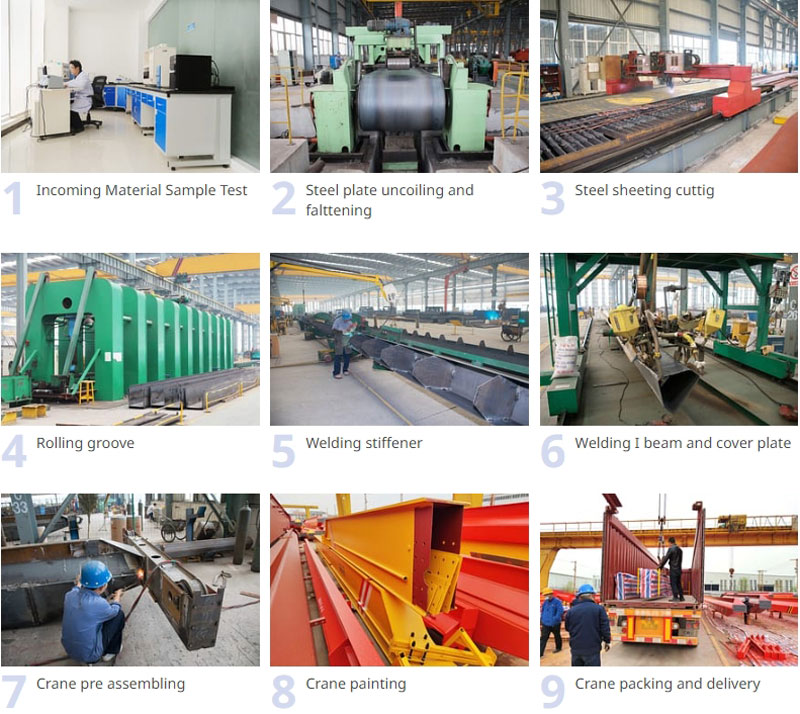

Follow these steps to select the perfect overhead bridge crane for your needs:
Q1: How often should an overhead bridge crane be inspected?
UN: Daily visual checks (for wear, leaks, or loose parts) and annual professional inspections are mandatory. Heavy-use cranes (A7–A8) may require quarterly inspections.
Q2: Can overhead bridge cranes be automated?
UN: SÌ. Modern models can integrate with IoT systems for automated load tracking, scheduled movements, and remote operation—ideal for repetitive tasks.
Q3: What’s the lifespan of an overhead bridge crane?
UN: With proper maintenance, single girder cranes last 15–20 years; double girder cranes can operate for 25–30 years or longer.
Q4: How is an overhead bridge crane installed?
UN: Installation involves mounting runways to building columns or support structures, positioning the bridge, and integrating the hoist/trolley. Professional installation is recommended for safety.
Q5: What’s the difference between an overhead bridge crane and a gantry crane?
UN: Overhead bridge cranes run on elevated runways (attached to a building), while gru a cavalletto have ground-supported legs—making gantries better for outdoor or open spaces.
Ready to enhance your material handling efficiency? Contact us for a custom overhead bridge crane solution tailored to your industry and workflow.
Condividi con PDF: Scaricamento
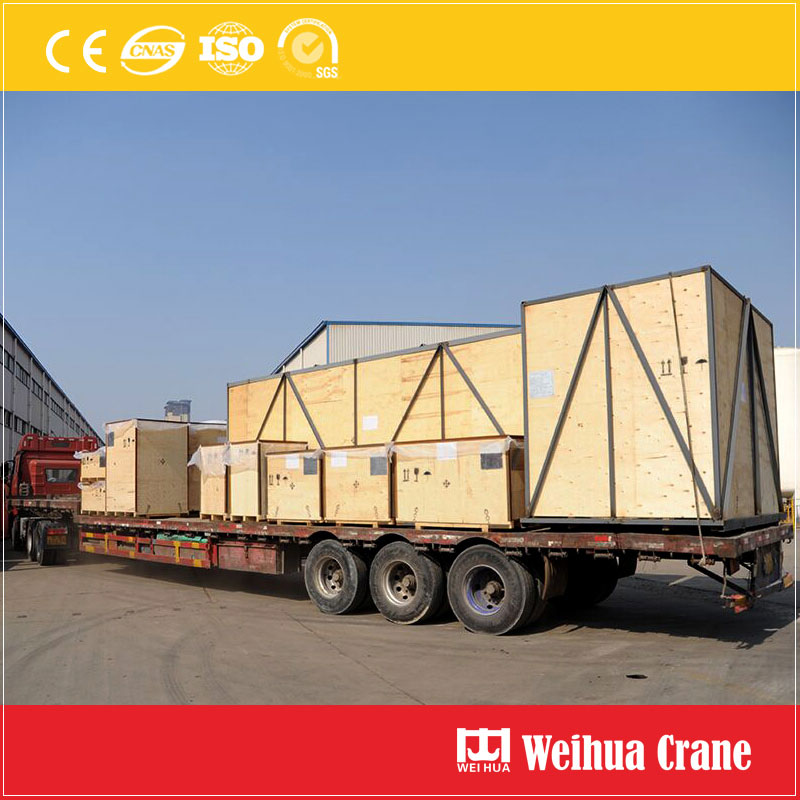

Apprezziamo il tuo feedback! Completa il modulo sottostante in modo da poter personalizzare i nostri servizi alle tue esigenze specifiche.
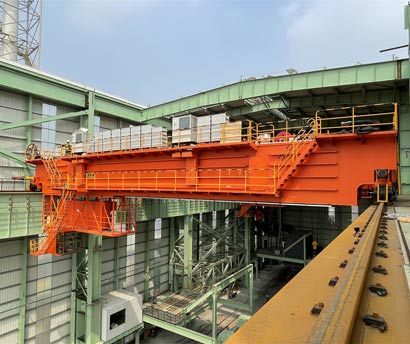
IL 50 tonnellate di carroponte è un'attrezzatura di sollevamento per carichi pesanti progettata per la movimentazione di grandi......
Scopri di più →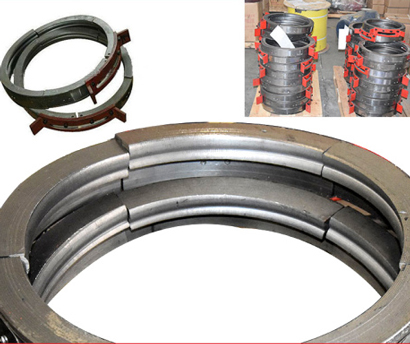
Il Rope Guide System è una soluzione anti-oscillazione e di guida all'avanguardia progettata per……
Scopri di più →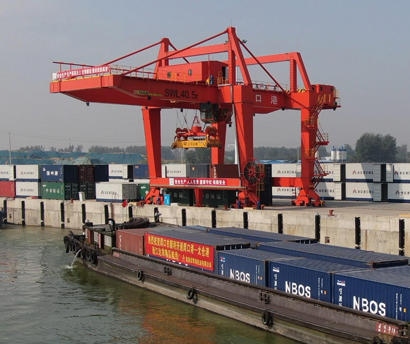
Essendo l'attrezzatura principale per il carico e lo scarico dei container, all'avanguardia nel moderno po……
Scopri di più →

Fai clic sul pulsante per ottenere informazioni sul prodotto e citazioni su WhatsApp.
Ottieni una citazione
Ultimi commenti